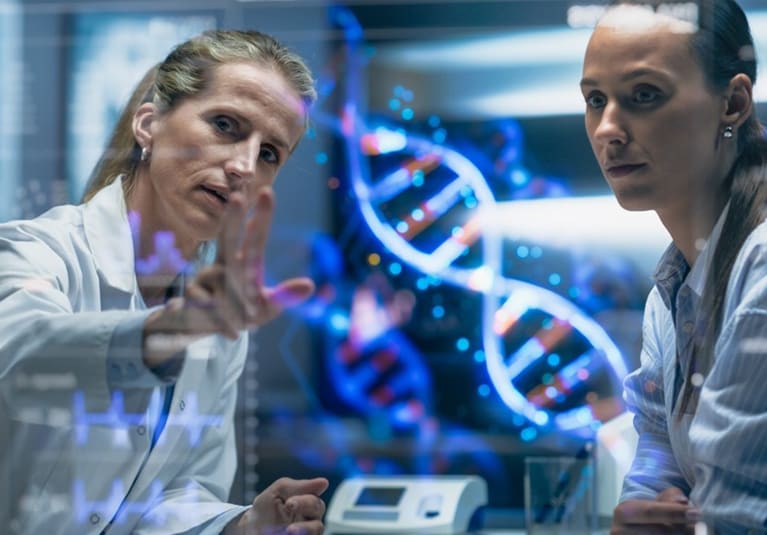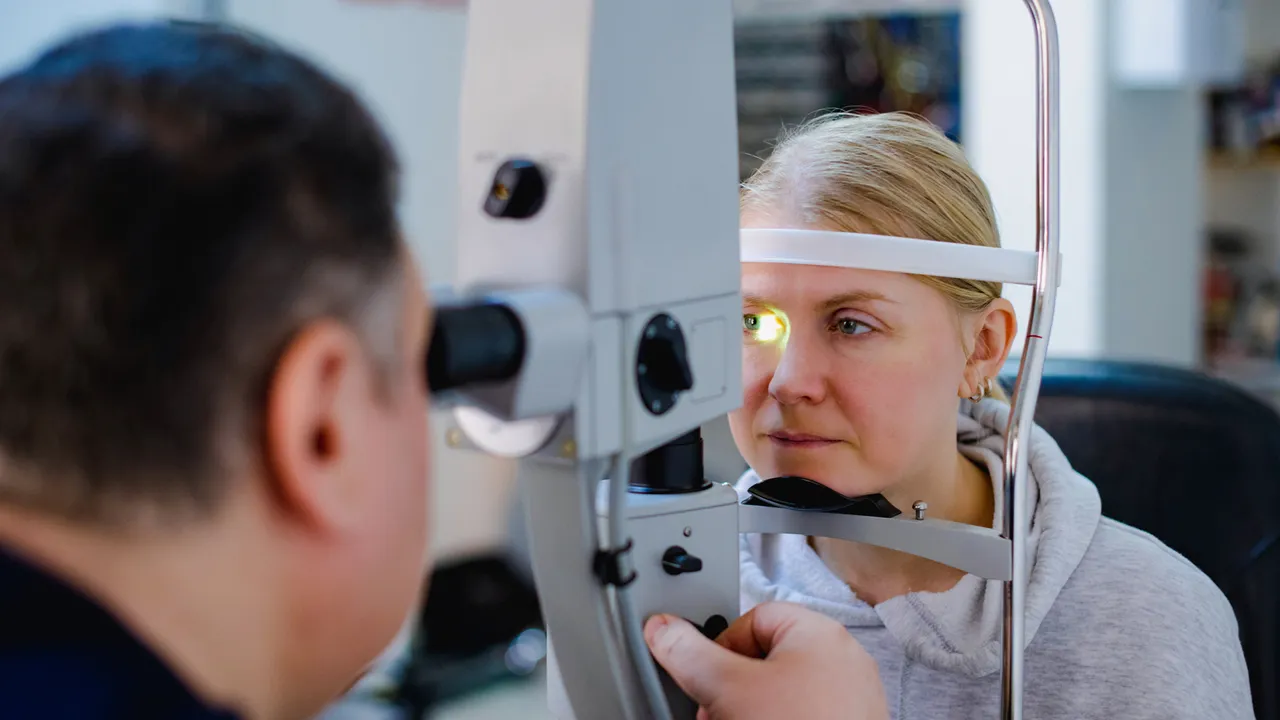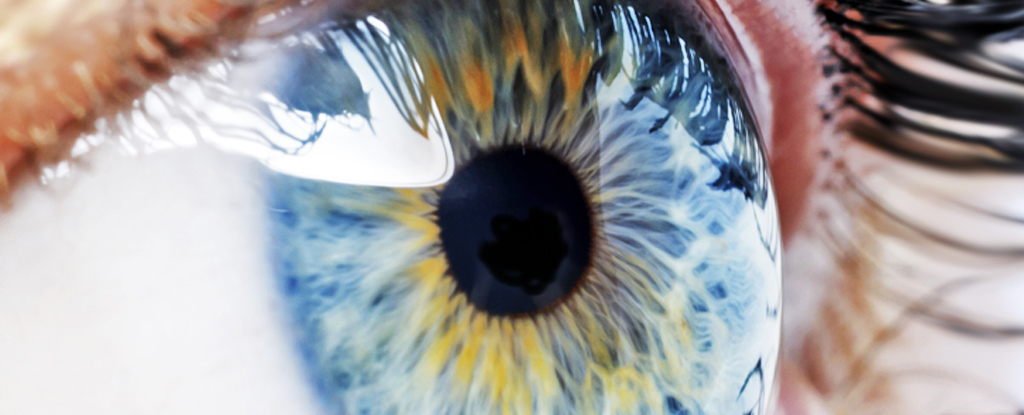By Hannah Thomasy, PhD – Exploring Drug Discovery and Development News –
The black rat rested calmly in a clear tube, its nose twitching gently as it sniffed the air. Its eyes followed the parade of vertical black and white bars scrolling from left to right across a screen. For a normal rat, this would not be especially impressive; rats — and humans, too — will involuntarily follow these moving lines with their eyes.
It is, however, quite an impressive feat for this particular rat. This rat, called a Royal College of Surgeons rat, or RCS rat, was born with a genetic mutation that leads to the degeneration of photoreceptors in the retina (1). This mutation should have rendered it completely blind by the time it was 90 days old. Luckily for this rat, it ended up in the laboratory of Magdalene Seiler, an ophthalmology researcher at the University of California, Irvine, who partially restored its vision using retinal organoids grown from human stem cells.




